The therapeutic properties of omega-3s can help in the treatment of many short-term ailments while also providing protection against long-term health conditions. But omega-3 fatty acids are not just beneficial for adults; research has proven that there is no shortage of health benefits of omega-3 for kids. This important fatty acid can produce a profound effect on children’s short-term and long-term health.
Here is what you need to know about omega-3 fatty acids, how they can boost your child’s health and wellness in a variety of ways and how you can ensure that your child is getting sufficient amounts of this nutrient.
What Are Omega-3 Fatty Acids?
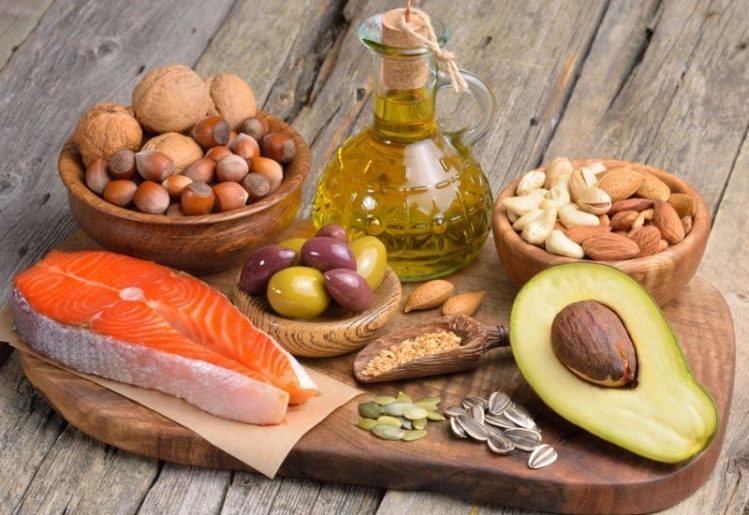 If you have spent any time researching vitamins and minerals, you have likely run across studies documenting the many benefits of omega-3 fatty acids. But what are omega-3s exactly? These fatty acids are vital to many health functions, most specifically fetal development, immunity strength, heart health and brain function.
If you have spent any time researching vitamins and minerals, you have likely run across studies documenting the many benefits of omega-3 fatty acids. But what are omega-3s exactly? These fatty acids are vital to many health functions, most specifically fetal development, immunity strength, heart health and brain function.
Because your body does not produce these fatty acids on its own, they are considered essential. This means that you need to be proactive about getting them from food and other supplements.
There are three primary types of omega-3 fatty acids. You can find alpha-linolenic acid (ALA) in plant foods, including some vegetables, nuts, seeds and vegetable oils. Eicosapentaenoic acid (EPA) and docosahexaenoic acid (DHA) are found in fatty fish such as tuna and salmon. Many people also choose to obtain their EPA and DHA from supplements.
Omega-3 for Kids Benefits
Although the generous health benefits of omega-3s is well-documented, it has been more recently that the advantages of this fatty acid for the growing bodies of children has come into light. These benefits include both physical health advantages and an improvement of mental wellness. Here are some of the most compelling reasons to incorporate omega-3 fatty acids into your child’s diet.
Protects Against Asthma
A study out of the UK shed light on how the intentional intake of more omega-3 fatty acids can offer protection against asthma. The intake of these acids provides a preventative measure in the development of asthma in children.
Boosts Brain Health
What parent does not want to boost their child’s brain function? Kids who regularly eat fatty fish or take an omega-3 supplement have been shown to score higher on intelligence quotient (IQ) tests. In addition, multiple studies have demonstrated that omega-3 supplements may decrease the symptoms of attention deficit hyperactivity disorder (ADHD).
Encourages Healthy Sleep Patterns
One of the reasons that children enjoy better mental health and brain function due to the intake of omega-3s is because this fatty acid also encourages healthy sleep patterns. The studies show that regular intake of omega-3s reduces sleep disturbances, supporting healthy sleep patterns.
Lowers Cholesterol Levels
Supplementing with essential fatty acids has been shown to offer protection to kids with unhealthy cholesterol levels. The protection is vital because it helps to guard against the development of heart disease later down the road. The intake of this nutrient provides this protection by increasing the level of healthy omega-3 fatty acids in the bloodstream. The research showed that an omega-3 supplement has the potential of changing the lipid profile of a child’s bloodstream, lowering their risk of heart disease later in life.
How to Incorporate More Omega-3s into Your Child’s Diet
While you may have to work a little harder to incorporate omega-3s into your child’s diet when compared with more accessible nutrients, it is still within reach if you are diligent about this practice. The amount of omega-3s needed to see optimal benefits largely depends on the age and size of your child. Your healthcare provider will be a good resource when determining the dosage goal that is appropriate for your child.
 Start with looking at ways to incorporate the omega-3s through food. The gold standard for omega-3s is cold-water fatty fish such as salmon, tuna, mackerel and sardines. Other good food choices include nuts, seeds and plant oils. Walnuts, chia seeds, flax and canola oil are some of the most accessible foods for children.
Start with looking at ways to incorporate the omega-3s through food. The gold standard for omega-3s is cold-water fatty fish such as salmon, tuna, mackerel and sardines. Other good food choices include nuts, seeds and plant oils. Walnuts, chia seeds, flax and canola oil are some of the most accessible foods for children.
Fortunately, many of today’s most kid-friendly foods are also fortified with omega-3s, making it even easier for your child to hit the recommended intake for optimal health. It is a good idea to get in the habit of reading labels to find foods that are high in this fatty acid.
Supplements also provide an extra layer of insurance for your omega-3 needs. There are a number of omega-3 supplements designed with a child’s growing body in mind, giving you the assurance that your child will not be deficient in this crucial building block for good health.
As more evidence pours in, it becomes even more obvious that kids can benefit from omega-3 fatty acids. Health-savvy parents would be wise to consider using these fatty acids as a means to supporting optimal health and wellness for their children.
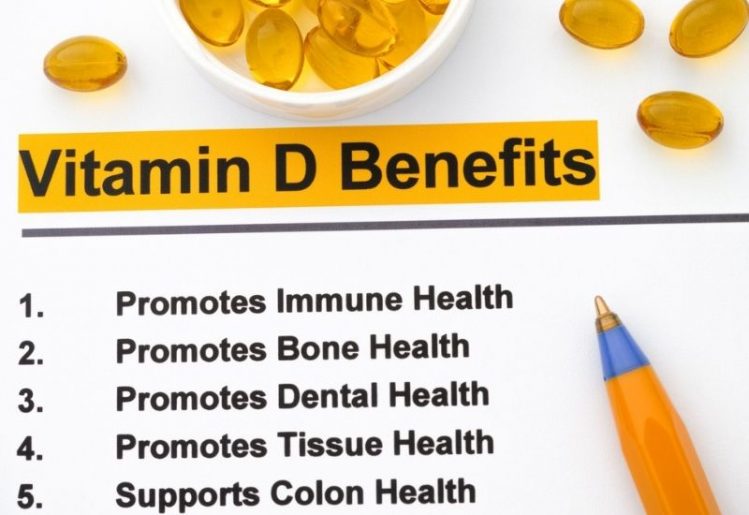 Primarily,
Primarily, 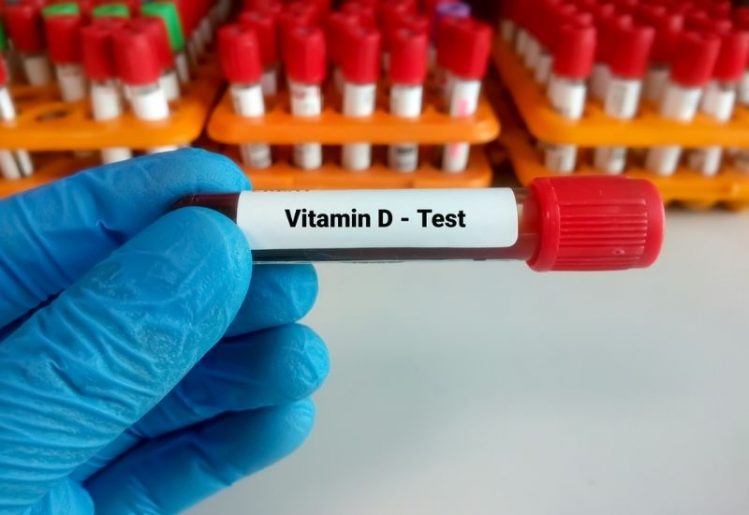 Typically, seafood is the best food source of D3 cholecalciferol. For example, a single tablespoon of cod liver oil contains up to 170 percent of the daily recommended value for this nutrient. A three-ounce serving of rainbow trout contains 81 percent of the vitamin D you need daily, while a similar serving of salmon contains 71 percent of the recommended daily value. Two sardines and one egg each contain 6 percent of the recommended value, while three ounces of beef liver or tuna contain 5 percent of the recommended daily dose of this nutrient.
Typically, seafood is the best food source of D3 cholecalciferol. For example, a single tablespoon of cod liver oil contains up to 170 percent of the daily recommended value for this nutrient. A three-ounce serving of rainbow trout contains 81 percent of the vitamin D you need daily, while a similar serving of salmon contains 71 percent of the recommended daily value. Two sardines and one egg each contain 6 percent of the recommended value, while three ounces of beef liver or tuna contain 5 percent of the recommended daily dose of this nutrient. Since
Since  If you’re craving pasta, bread or other carbs, you likely have a nitrogen deficiency. To make up for that deficiency without eating unhealthy carbs, eat more red meat or fatty fish. Alternatively, you can meet this need by eating nuts, beans or chia seeds.
If you’re craving pasta, bread or other carbs, you likely have a nitrogen deficiency. To make up for that deficiency without eating unhealthy carbs, eat more red meat or fatty fish. Alternatively, you can meet this need by eating nuts, beans or chia seeds.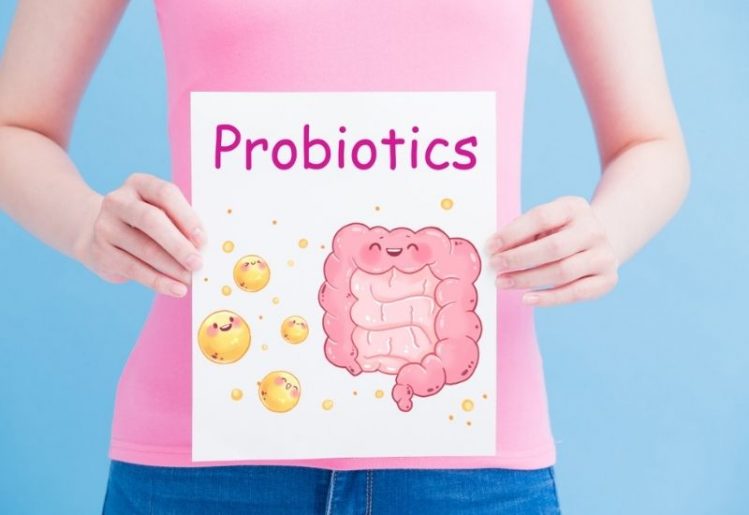 While certain bacteria are harmful to your health, there are also strands of bacteria that are beneficial to your health. These helpful types of bacteria thrive in the intestines, and they form a community known as the
While certain bacteria are harmful to your health, there are also strands of bacteria that are beneficial to your health. These helpful types of bacteria thrive in the intestines, and they form a community known as the  Essentially,
Essentially,  You do not have to be a health nut to know that omega-3 fatty acids are one of the most important nutrients that you can give your body. But what exactly are these fatty acids and how do they benefit your body?
You do not have to be a health nut to know that omega-3 fatty acids are one of the most important nutrients that you can give your body. But what exactly are these fatty acids and how do they benefit your body?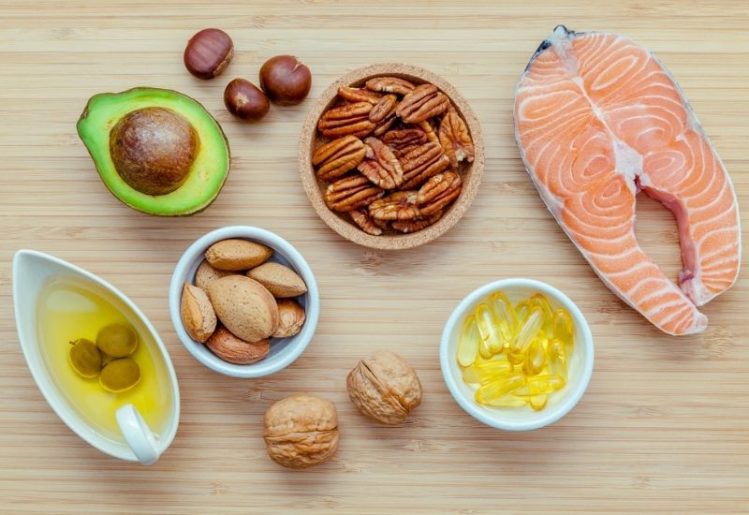 While nearly all seafood contains omega-3s, some sources are more nutrient dense than others. Salmon is a particularly rich source of omega-3 fatty acids. Herring, sardines and shellfish such as lobster and scallops also supply this nutrient. Next time you make a sandwich, consider spreading a tablespoon of mayonnaise on the bread to increase your intake of omega-3 fatty acids.
While nearly all seafood contains omega-3s, some sources are more nutrient dense than others. Salmon is a particularly rich source of omega-3 fatty acids. Herring, sardines and shellfish such as lobster and scallops also supply this nutrient. Next time you make a sandwich, consider spreading a tablespoon of mayonnaise on the bread to increase your intake of omega-3 fatty acids. Most people are concerned to some degree with maintaining their youthful appearance, which is why there’s such a huge range of available products designed to care for your skin. Additionally, your skin acts as a barrier that protects your internal organs. Unless you suffer an abrasion or laceration that compromises your skin, it will keep diseases and bacteria from accessing your body and adversely affecting your internal organs.
Most people are concerned to some degree with maintaining their youthful appearance, which is why there’s such a huge range of available products designed to care for your skin. Additionally, your skin acts as a barrier that protects your internal organs. Unless you suffer an abrasion or laceration that compromises your skin, it will keep diseases and bacteria from accessing your body and adversely affecting your internal organs. Horsetail
Horsetail